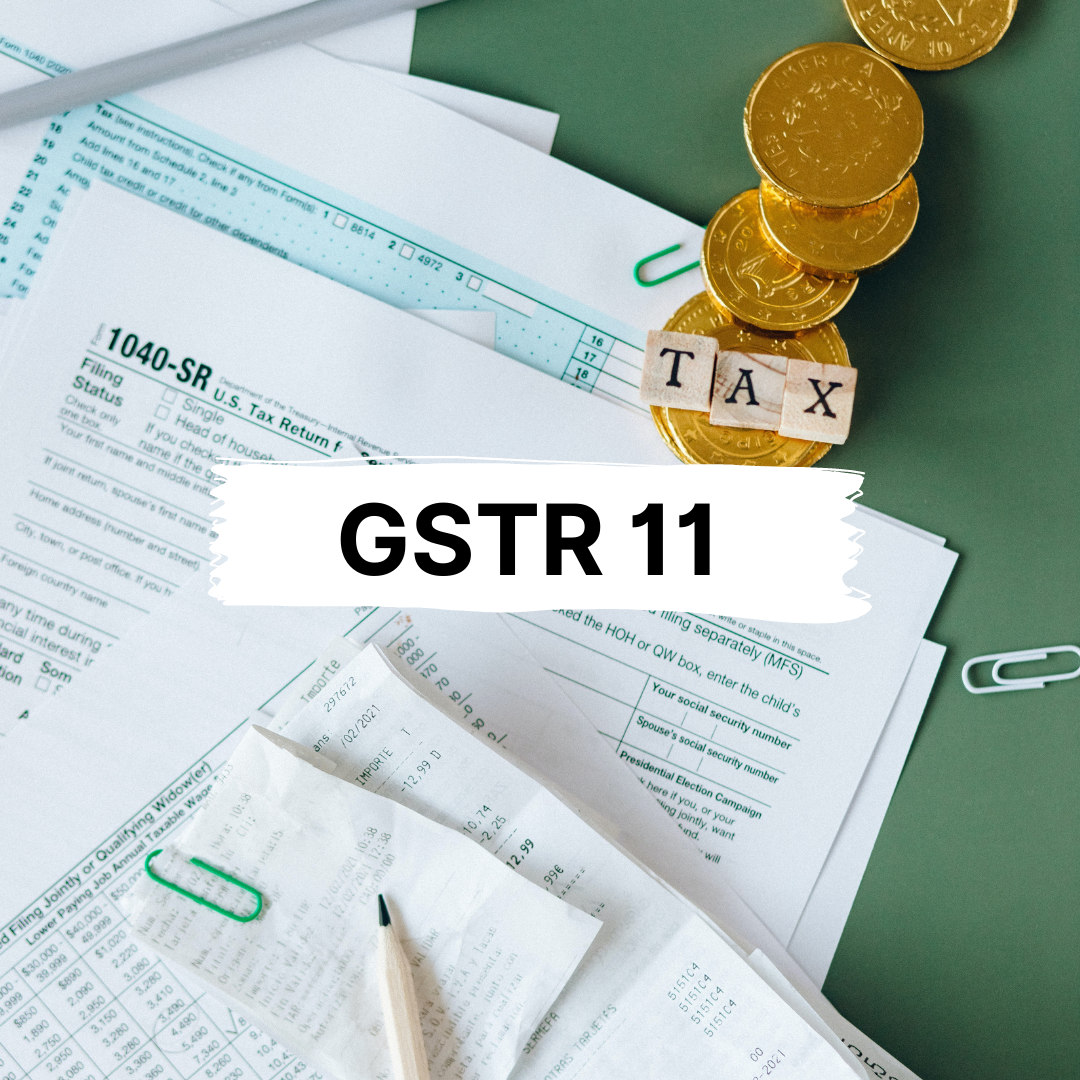Profitability ratios are financial metrics used by analysts and investors to measure and evaluate the ability of a company to generate income (profit) relative to revenue, balance sheet assets, operating costs, and shareholders’ equity during a specific period of time. They show how well a company utilizes its assets to produce profit and value to shareholders.

One of the best ways for you to determine the health of your business and sales is by looking at your return on sales ratio (ROS). ROS is one of the profitability ratios that is looked at by investors to determine the health of the company.
What is Return On Sales (ROS)?
Return on sales is a ratio that is used to evaluate a company’s or business’s operational efficiency. ROS is also known as “operating margin” or “operating profit margin”. Basically, the ROS measure provides an insight into how much profit is being made per dollar of sales after paying for the variable costs of production such as raw materials, wages, etc. (but before interest and tax).
An increasing return on sales indicates that the business is improving its efficiency, while a decreasing ROS would signal impending financial troubles. ROS is related to an entity’s operating profit margin. The ROS is generally expressed as a percentage of revenue or sales. In other words, it shows what percentage of each dollar of sales is converted into profit. For example, if a business keeps $0.18 out of each dollar of sales, it means that its return on sale is at a level of 18%.
It is best to compare an entity’s ROS over time to look for trends and compare it to other companies in the industry. The ROS ratio varies widely by industry but is useful for comparing different companies in the same business.
What Return on Sales Can Tell You
When calculating the return on sales, the investors usually notice that some businesses report the net sales while others report revenue. The net sales are total revenue minus the credits or refunds paid to customers for merchandise or product returns. Net sales are usually listed for companies in the retail industry, while other businesses will list revenue.
Here are the steps to calculate the return on sales:
- You need to locate the net sales on the income statement. It can also be listed as revenue.
- Locate the operating profit on the income statement sheet. Be sure to not include the non-operating activities and expenses, such as interest expenses and taxes.
- Divide operating profit by net sales.
Return On Sales Formula
ROS or Return on Sales = Operating Profit / Net Sales * 100%
The (ROS) return on sales formula uses the following variables:
- Net Sales - gross sales of a business is adjusted by allowances, discounts or returns
- Operating Profit - the profit from a company’s business operations, so the gross profit decreased by operating expenses, depreciation, and amortization. If a company doesn’t have any non-operating revenue (e.g., from sales of assets or interests), its operating profit is equal to EBIT.
How to Calculate Return on Sales
Businesses can calculate their ROS by dividing the operating profit — before taxes and interest are deducted — by the net sales across a chosen period.
For example: let’s say your software company makes $900,000 in sales but incurs $700,000 in expenses. What is your operating profit? In this case, it’s $200,000.
Next, you have to divide the profit by the sales figure to get your ROS. 0.22.
Multiply the number by 100 to convert this figure to a percentage, and you have 22.2%. Many companies would be content with a 5-10% (ROS)Return on Sales. Once a company has calculated its ROS, it can determine how cost-effective it is in delivering products to the market.
Example For Calculating Return on Sales
Imagine a company “Blue Sports World” that sells sports shoes. It generates $300k net sales each month but requires $200k of costs in order to generate this revenue. Its competitor, “Star Luck” has sales at the level of $80k, but their costs are much lower - only $45k. Which of the two businesses has a higher ROS or return on sales?
1. Calculate the operating profit of “Blue Sports World” by deducting the costs from the net sales:
Operating Profit = $300k - $200k = $100k
2. Divide this result by the net sales to obtain ROS:
ROS = $100k / $300k = 33.3%
3. Repeat the steps above for “Star Active”:
Operating Profit = $80k - $45k = $35k
ROS = $35k / $80k = 43.8%
4. Return on sales for “Blue Sports World” is at a reasonably high level of 33.3%. The second company, “Star Luck” though, managed to achieve an astonishingly high return on the sale of 43.8%!
Most businesses out there are usually happy with a return on sales at the level of 5-10%. This means that both the companies we just analyzed are indeed very profitable. However, to have a full picture, it would be advisable to take a look at the changes in the ROS over the period of 2-3 years.
Analysis using Return on Sales
Since the ROS actually measures the actual percentage of sales that are converted to income. It shows how well the business is at producing its core services or products and how well the management team is running.
You can think of the return on sales as both a profitability and efficiency ratio because it is an indicator of both the metrics. It measures how efficiently a business uses its resources to convert sales into profits.
For example, a company that generates $2,000,000 in net sales and needs $900,000 of resources to do so is not as nearly as efficient as a company that can generate about the same about of revenues by only using $400,000 of the operating expenses. The more efficient management is at cutting expenses, the higher the ratio.
The ROS also measures the profitability of a business’s operating. As the revenue and efficiency increase, so do the profits. Most investors tend to use this iteration of the formula to calculate the forecasts and growth projects. Based on a certain percentage, investors can calculate the potential profits if revenues doubled or tripled.
What Is the Difference Between Operating Margin and ROS?
Operating profit margin and return on sales are used to describe a similar financial ratio. The main difference between the two lies in the way their respective formulas are derived. The usual way of writing the formula for operating margin is usually the operating income divided by the net sales. Return on sales is quite similar, except the numerator is usually written as EBIT, earnings before interest and taxes, while the denominator is net sales.
What Are the Limitations of (ROS) Return on Sales?
The ROS or Return on sales should only be used to compare businesses that operate in the same industry and ideally among those that have similar kinds of business models and annual sales figures. For example, a retail chain has lower margins and therefore a lower ROS compared to a technology company. Businesses in different industries with wildly different working models have different operating margins, so comparing them using EBIT in the numerator can be confusing.
How can Deskera Help You?
Deskera Books is a user-friendly accounting system that is equipped with a plethora of features to assist you. Besides managing products, services, and inventory, we also manage journal entries.
With our software, it becomes quite easy to handle cash flow statements, profit and loss statements, income statements, and balance sheets.
It is an innovative system for invoicing, accounting, and various aspects related to accounting such as fixed assets, purchase order and invoice, credit note. Fundamentally, Deskera Books is an all in one place that helps businesses focus on their core tasks and goal accomplishment.
Managing business along with invoices, bills and expenses are convenient with Deskera. Also, accounting for startups gets a new meaning with Deskera Books.
Deskera CRM is the perfect solution for all your sales processes including channel sales. This is because Deskera CRM can be used to manage your sales pipeline. In fact, it even allows you to make your own customized sales pipeline.
Additionally, it has contacts and deals management through which you can manage your contacts, every detail about them, their categorization and the organization that they belong to. It will also let you import your contacts from other platforms to Deskera CRM to have them all on one platform.
Additionally, this will also let you undertake automatic email marketing campaigns, with few email marketing templates pre-loaded in the Deskera CRM system. Additionally, through Deskera CRM+ you will also be able to create your own landing pages and CTAs that will complement your channel sales strategy.
Key Takeaways
- The return on sales or (ROS) is a measure of how efficiently a business turns its sales into profits
- The return on sales is calculated by dividing the operating profit by net sales
- ROS is only useful when comparing businesses in the same line of business and of roughly the same size
Related Articles













